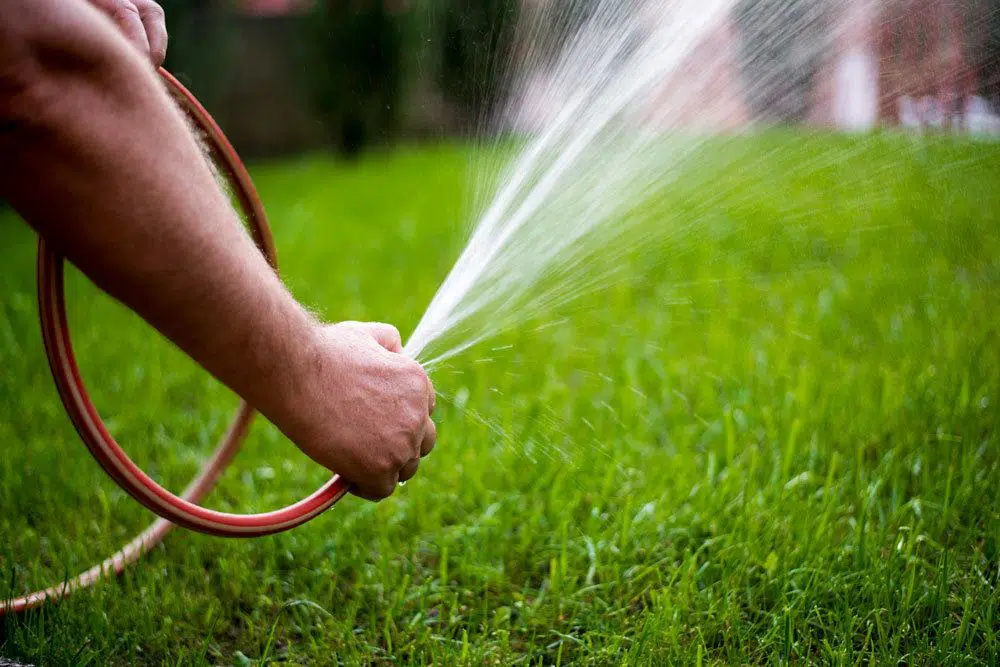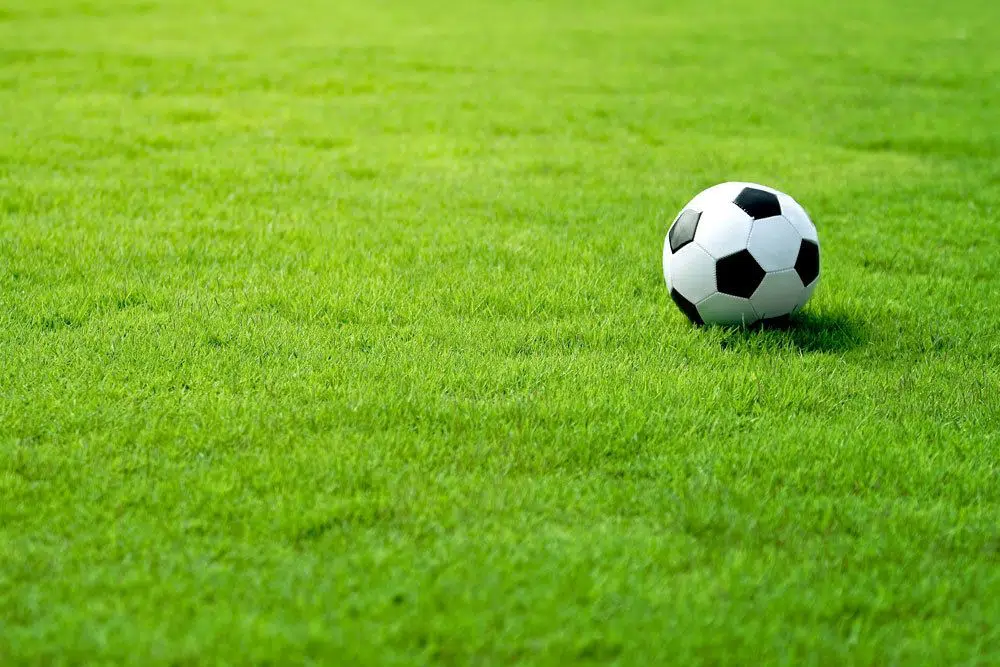When winter slowly comes to an end and spring begins, the gardening season also slowly begins again. Barbecues and playing children – the lawn in the garden must withstand all this. The lawn should be vigorously green and densely grown. In order for the lawn plants to keep their beautiful green, they must be sufficiently supplied with nutrients. At what time and at what time of day the lawn should be fertilized, you will learn in the following article.
Fertilize lawn
Fertilization for a healthy lawn
Frequent lawn mowing in the summer months removes many nutrients from the lawn. Regular applications of nutrients are important so that the lawn nevertheless remains green and dense. Fertilization has a positive effect on the lawn plants.
- promotes the growth of the plants
- ensures good rooting
- supports resistance to drought and cold
Frequency
Spring, summer or fall?
For lightly used ornamental lawns, fertilizing twice a year is sufficient. The nutrient applications should be evenly distributed throughout the year. The first fertilization in spring supports the plants in their growth. The fall fertilization then strengthens the lawn so that the plants can get through the winter better.
- Spring fertilization: Mid-March to mid-April
- Fall fertilization: Late September to early October
For heavily used green areas such as play or sports lawns, further fertilization in summer is recommended. Shaded lawns should also be supported with additional summer fertilization.
A pale color and bare patches indicate a lack of nutrients, which you should quickly counteract with fertilization. This will prevent clover, daisies or other plants from greening up the weak spots.
Tip: Fertilize heavily used lawns additionally in the summer in June or July.
Timing
In the morning or in the evening?
When fertilizing, it also depends on when in the day and in what weather. Morning, noon or evening – which time of day is best?
At midday, plants are exposed to direct sunlight and high temperatures. If the soil is dry, the fertilizer cannot penetrate the soil and be absorbed by the plants. If the fertilizer then lies on the plants in hot temperatures, this will lead to burns.
Tip: Never fertilize at midday. Move nutrient application to the morning or evening hours.
Before a rainy day.
Plants can only absorb the nutrients applied in liquid form. This allows the nutrients to be released and used by the plants. Therefore, be sure to water the soil after fertilizing. A rain shower will save you from subsequent watering. If a rainy day is not in sight, you will need to follow up with a garden hose after fertilizing. You should avoid the formation of water puddles and puddles.
Caution: torrential and heavy rain have a negative effect on fertilizer application. This is because a heavy downpour washes the fertilizer out of the soil again and the nutrients cannot be absorbed by the lawn plants.

On dry soil
The rain after fertilizing is helpful, but the rain should not have started before fertilizing. Fertilization should not take place on wet soil. This is because when the soil is wet, the fertilizer sticks to the grass blades and cannot penetrate into the soil where it is available to the plants as a source of nutrients.
If the water on the plants then combines with the fertilizer, this leads to severe damage to the leaves. The only way to remove this is to regrow new grass plants. If the soil is dry, on the other hand, the fertilizer falls directly to the ground and does not stick to the plants.
Tip: Fertilize on a dry, slightly overcast day.


